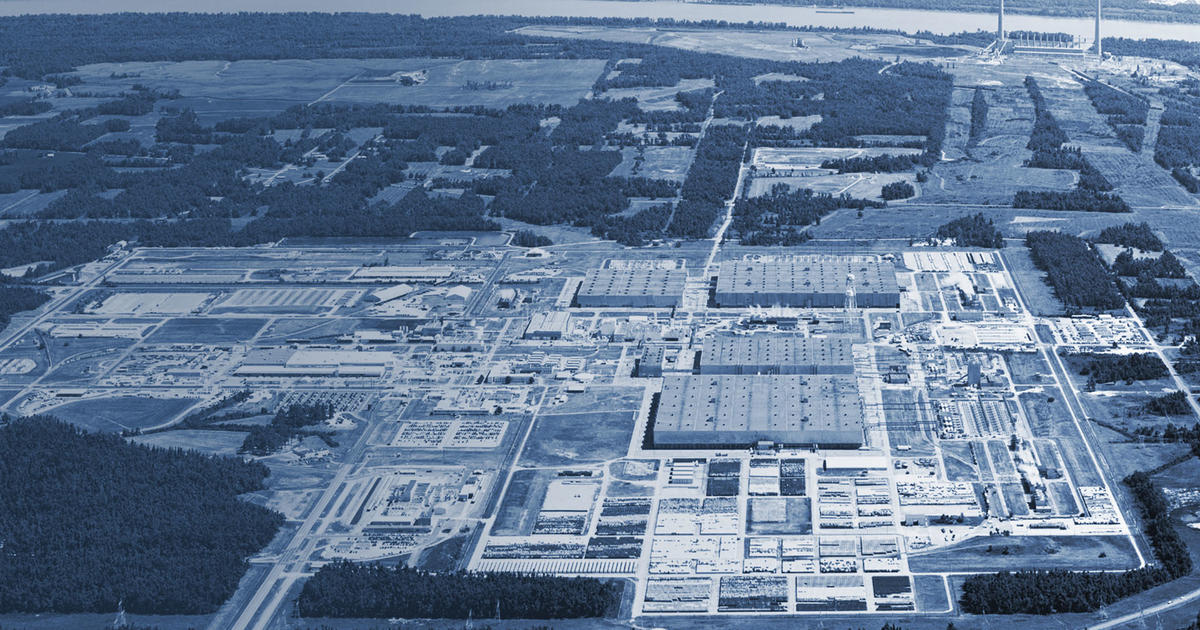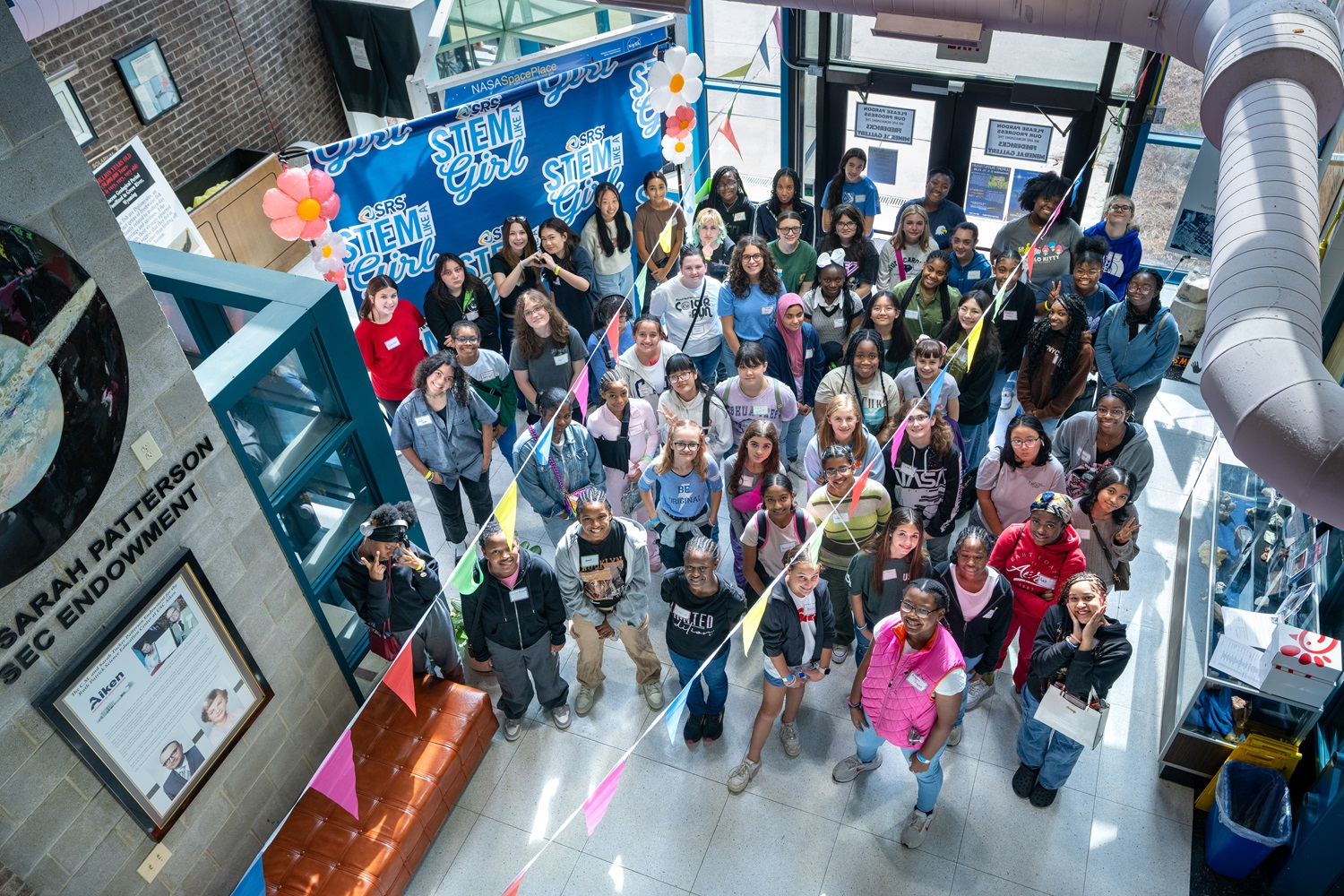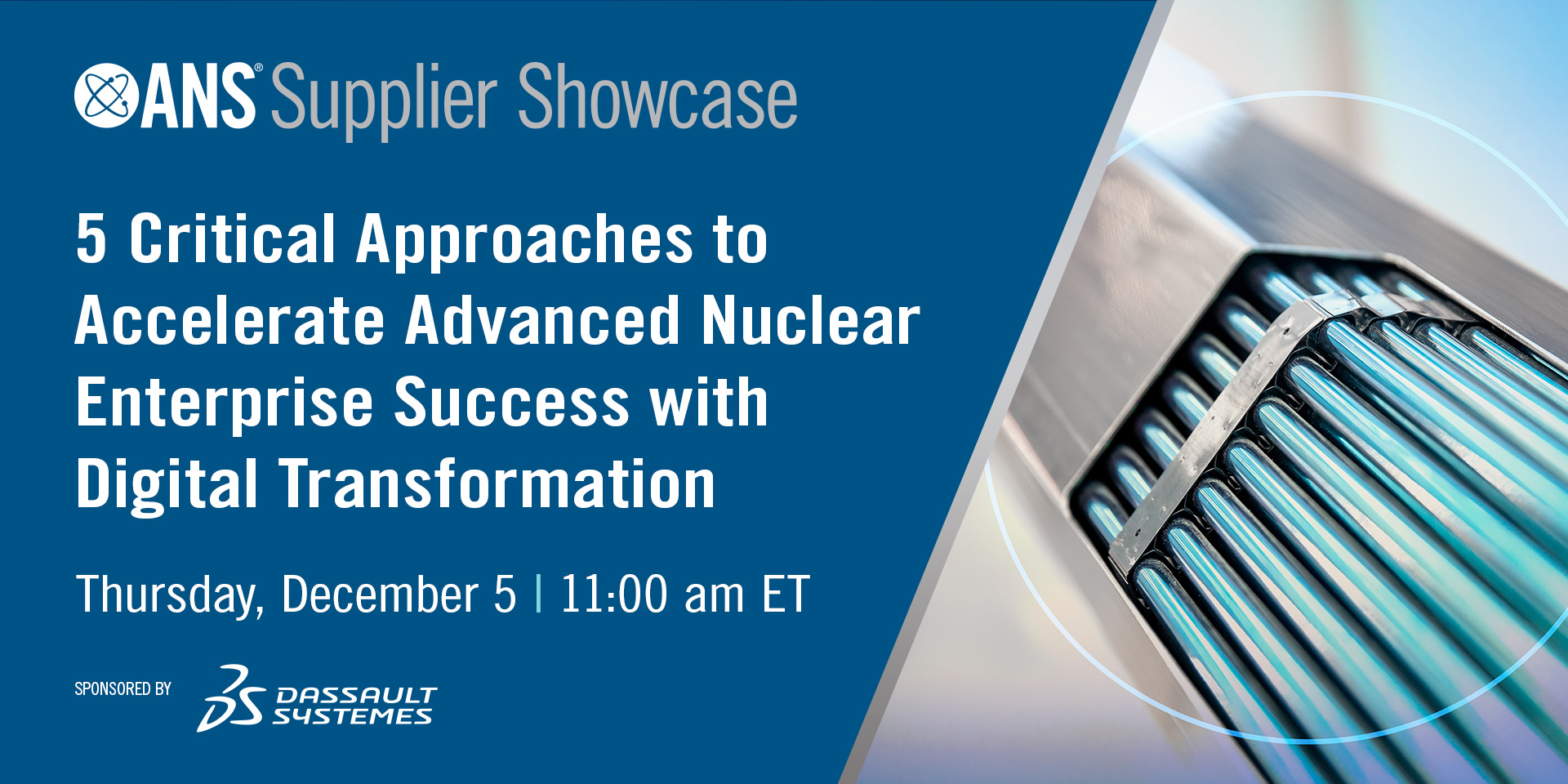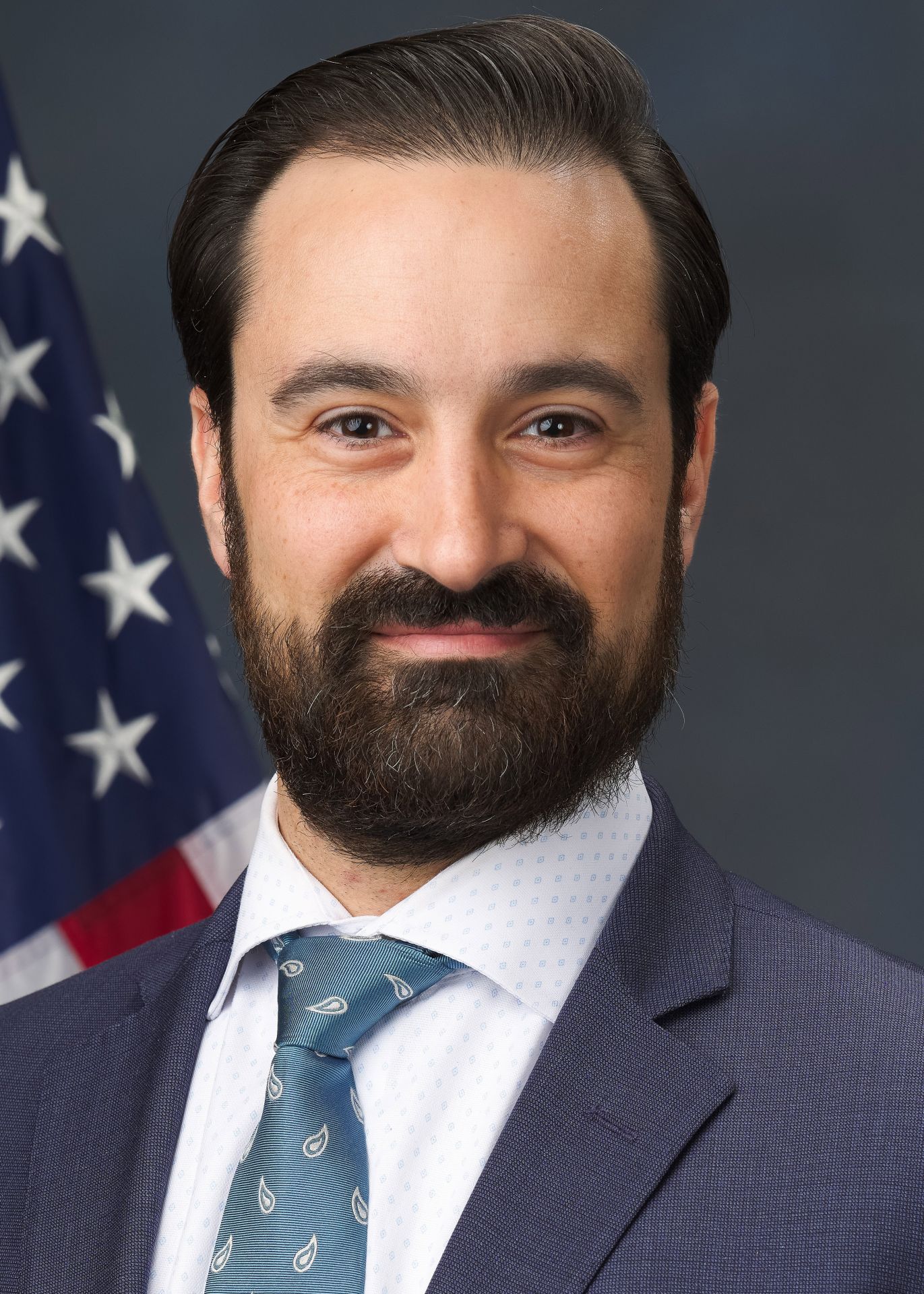Nuclear Energy Agency provides update on recent activities

The OECD Nuclear Energy Agency in late November reported on a range of “New at the NEA” activities.


The OECD Nuclear Energy Agency in late November reported on a range of “New at the NEA” activities.

New York City–based analyst firm Trading Economics has reported that uranium prices have fallen $13.20 per pound, or 14.51 percent, since the beginning of 2024, with the price on December 3 down to $77.80 per pound. A graph of prices for the year shows a jagged downward slide since a peak of about $107 per pound in early February. The all-time high for uranium prices was $148 per pound in May 2007, according to the firm.

Global Laser Enrichment (GLE) has acquired a 665-acre parcel of land for its planned Paducah Laser Enrichment Facility (PLEF) in Kentucky.

COP29 was good for nuclear energy, but not so good for anything else.
That was one of Seth Grae’s takeaways from this year’s Conference of the Parties—or, United Nations Framework Convention on Climate Change (UNFCCC)—held for two weeks in November in Baku, Azerbaijan. Grae, chief executive of Lightbridge Corporation and chair of the American Nuclear Society’s International Council, attended with four other ANS delegates: ANS President Lisa Marshall, Gale Hauck, Shirly Rodriguez, and Andrew Smith.

Studsvik Scandpower (SSP) is the leading global provider of vendor-independent, state-of-the-art nuclear fuel management software and world-class engineering services. SSP offers a full suite of software product offerings, training, and engineering services, to support operating utilities, fuel vendors, safety authorities, and research organizations around the world.

While the United States was celebrating Thanksgiving Day, Canada’s Nuclear Waste Management Organization (NWMO) announced that it has selected a site in northwestern Ontario for a deep geologic repository to hold the country’s spent nuclear fuel

Nearly 60 eighth graders from schools across the central Savannah River area recently gathered at the Ruth Patrick Science Education Center in Aiken, S.C., for the Savannah River Site’s “STEM Like a Girl—Introduce a Girl to Engineering and IT” event. This initiative is designed to inspire the next generation of female engineers and STEM leaders.

DeepGeo, a Rhode Island–based company seeking to develop multinational spent nuclear fuel repositories, and Denmark-based thorium reactor developer Copenhagen Atomics have signed a collaboration agreement that will see the companies work together on the management of nuclear fuels and waste streams associated with a thorium breeder reactor.
A new complaint filed by Constellation asks the Federal Energy Regulatory Commission to order the PJM Interconnection to provide rules for co-located generation to serve large facilities, such as data centers.
As of last week, crews with Department of Energy cleanup contractor Idaho Environmental Coalition (IEC) processed more than 142,000 gallons of radioactive sodium-bearing tank waste at Idaho’s Integrated Waste Treatment Unit (IWTU) this year.

The Department of Energy’s Office of Environmental Management will soon, for the first time, begin using drones to internally inspect radioactive liquid waste tanks at the department’s Savannah River Site in South Carolina. Inspections were previously done using magnetic wall-crawling robots.

The July 2024 issue of Nuclear News focused on fusion. Editor-in-chief Rick Michal highlighted in his column (p. 4) Los Alamos National Laboratory’s open access special issue of the American Nuclear Society journal Fusion Science and Technology, titled The Early History of Fusion. This article provides a brief summary of the issue—and we encourage readers to explore all of the full papers.a

The annual day of celebrating nuclear energy is right around the corner. On December 2, World Nuclear Energy Day will be recognized internationally through workshops, panel discussions, dinner meetings, and special performances focused on educational outreach, emerging green technologies, and innovative thinking that can restore the world’s ecosystems with nuclear energy.
The Department of Energy’s estimated overall liability for failing to dispose of the country’s commercial spent nuclear fuel jumped as much as 10 percent this year, from a range of $34.1 billion to $41 billion in 2023 to a range of $37.6 billion to $44.5 billion in 2024, according to a financial audit of the DOE’s Nuclear Waste Fund (NWF) for fiscal year 2024.

Argonne National Laboratory will play a leading role in planning and rebuilding a nuclear-generated clean energy infrastructure for postwar Ukraine as part of the lab’s focus on developing small modular reactor applications to help countries meet energy security goals. The latest plans, described in a November 19 article, were announced on November 16 at COP29 in Baku, Azerbaijan.

The American Nuclear Society will be presenting the online Supplier Showcase “5 Critical Approaches to Accelerate Advanced Nuclear Enterprise Success with Digital Transformation” on Thursday, December 5, from 11:00 a.m. to 12:00 p.m. (EST). The session will be hosted by Dassault Systèmes.
Registration for the program, which is open to all, is required.

The Solid Waste Management Facility (SWMF) at the Savannah River Site saw a large reduction of transuranic (TRU) waste in fiscal year 2024, achieving the highest volume of TRU waste shipped out of state by the facility in the past 10 years, according to the Department of Energy.
TRU waste typically consists of protective clothing, tools, rags, equipment, and miscellaneous items contaminated with small amounts of plutonium and other heavy elements.

Katrina McMurrian
As the nation confronts increasing demand for clean, baseload energy, nuclear power today receives substantial bipartisan support, but nuclear waste remains a trusty arrow in the quiver of opponents. The U.S. should work to make nuclear waste a nonissue not only to support opportunities for nuclear power expansion but primarily to meet long--standing obligations. Federal government inaction to remove and dispose of commercial spent nuclear fuel (SNF) continues to negatively impact host communities in 36 states; electric customers in more than 40 states who paid billions of dollars into the Nuclear Waste Fund; and all U.S. taxpayers, who pay about $2 million per day for the government’s partial breach.

Marzano
The U.S. Senate Environment and Public Works Committee voted 10–9 last week to advance the nomination of Matthew Marzano to serve on the Nuclear Regulatory Commission. It was a party-line vote, with all Democrats supporting Marzano and all Republicans voting “no.”
Marzano was nominated by President Biden in July to fill the open NRC seat, and the EPW Committee held a hearing in September on his nomination. His nomination will now go to the Senate for a vote, but it is not certain whether that will happen before the end of the year, in which case his nomination process would start over in 2025.
The five-member commission has been without a tiebreaker vote since June 2023 when Jeff Baran’s term expired.

Los Alamos National Laboratory researchers have performed a critical experiment using high-assay low-enriched uranium (HALEU) TRISO fuel. It is the nation’s first criticality safety experiment using HALEU fuel in more than 20 years. On November 21, LANL announced the work of its Deimos team, which earlier this year carried out an experiment at the National Criticality Experiments Research Center (NCERC), operated by LANL at the Nevada National Security Site.